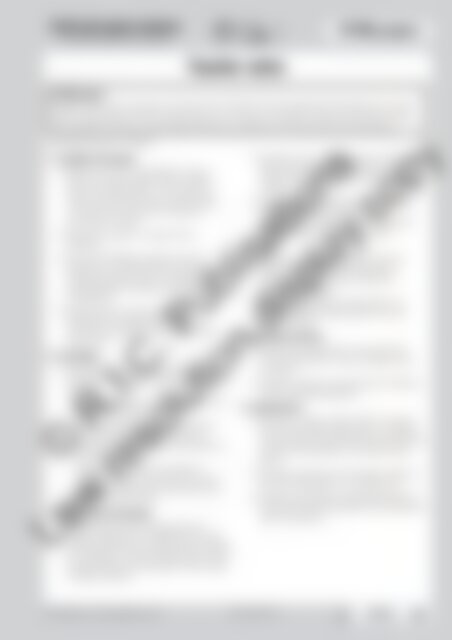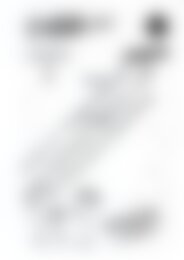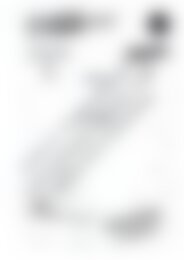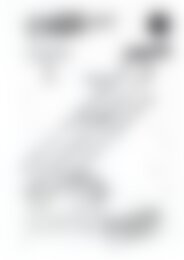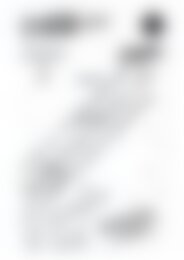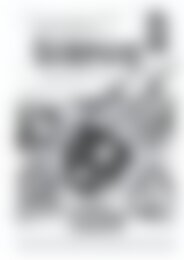6172RB Science a STEM approach Year 2 low res watermark
Create successful ePaper yourself
Turn your PDF publications into a flip-book with our unique Google optimized e-Paper software.
Earth and space sciences<br />
OUR RESOURCEFUL WORLD<br />
<strong>STEM</strong> project<br />
Teacher notes<br />
<strong>STEM</strong> project:<br />
Design and create a miniature compost bin to show the school gardener how he/she can reuse<br />
waste materials from Earth’s natural <strong>res</strong>ources to make a compost bin that will provide nutrients<br />
to the garden. Record a video explaining how a compost bin works and how to look after it.<br />
Estimated duration: 4 weeks<br />
1. Introduce the project<br />
• Watch the online video Reduce, reuse,<br />
recycle to enjoy a better life at . This video clip<br />
shows how we can avoid contaminating<br />
our planet by reducing, reusing and<br />
recycling our waste.<br />
• Read the problem on page 106 to<br />
students.<br />
• Discuss the different ways the school<br />
gardener can add nutrients to the garden<br />
to help the plants grow, including by<br />
adding fertiliser, creating a worm farm or<br />
composting.<br />
• Read the task and the important<br />
information on page 106 to students.<br />
Clarify any information that students are<br />
not sure of.<br />
2. Investigate<br />
• Provide time for students to find out<br />
information about composting and reusing<br />
waste.<br />
— Give each group a copy of page 107 to<br />
guide their project.<br />
— Provide a selection of nonfiction and<br />
fiction texts for students to look at,<br />
ensuring that only factual information is<br />
transferred.<br />
— Take the class on a school walk to<br />
see the gardens and invite the school<br />
gardener to talk to the class about his/<br />
her role in the school.<br />
3. Design, plan and manage<br />
• Students plan their compost bin and<br />
create a diagram of it, labelling the waste<br />
materials that will be added to the compost<br />
bin. Students may be provided with a copy<br />
of page 108 to see examples of each type<br />
of waste material.<br />
• Students use a calendar to plan and record<br />
when they will add more waste to their<br />
compost bin and when the compost will be<br />
mixed.<br />
• Students collect the materials necessary.<br />
Remind students about <strong>res</strong>ource<br />
management, conserving <strong>res</strong>ources and<br />
ensuring that <strong>res</strong>ources are shared.<br />
4. Create<br />
• Students measure the amount of each<br />
waste material they will add to their<br />
compost and place each material in<br />
separate containers.<br />
• Students create their compost bin in a<br />
plastic bottle by adding layers of each<br />
waste material.<br />
5. Evaluate and refine<br />
• Students evaluate their compost bin to<br />
ensure that all the criteria on page 106 is<br />
included.<br />
• Students make any adjustments necessary<br />
to their designed product.<br />
6. Communicate<br />
• Students create a video of their compost<br />
bin using an iPad® application or a digital<br />
camera, explaining how compost bins work<br />
and how the gardener will need to look<br />
after it.<br />
• Students upload and email their videos to<br />
the school gardener or a buddy class.<br />
• Students complete the self-assessment of<br />
how well they participated and cooperated<br />
within the group.<br />
© R.I.C. Publications<br />
Low <strong>res</strong>olution display copy<br />
R.I.C. Publications® – www.ricpublications.com.au 978-1-925431-95-7 YEAR<br />
<strong>Science</strong>:<br />
A <strong>STEM</strong> APPROACH<br />
105<br />
2


